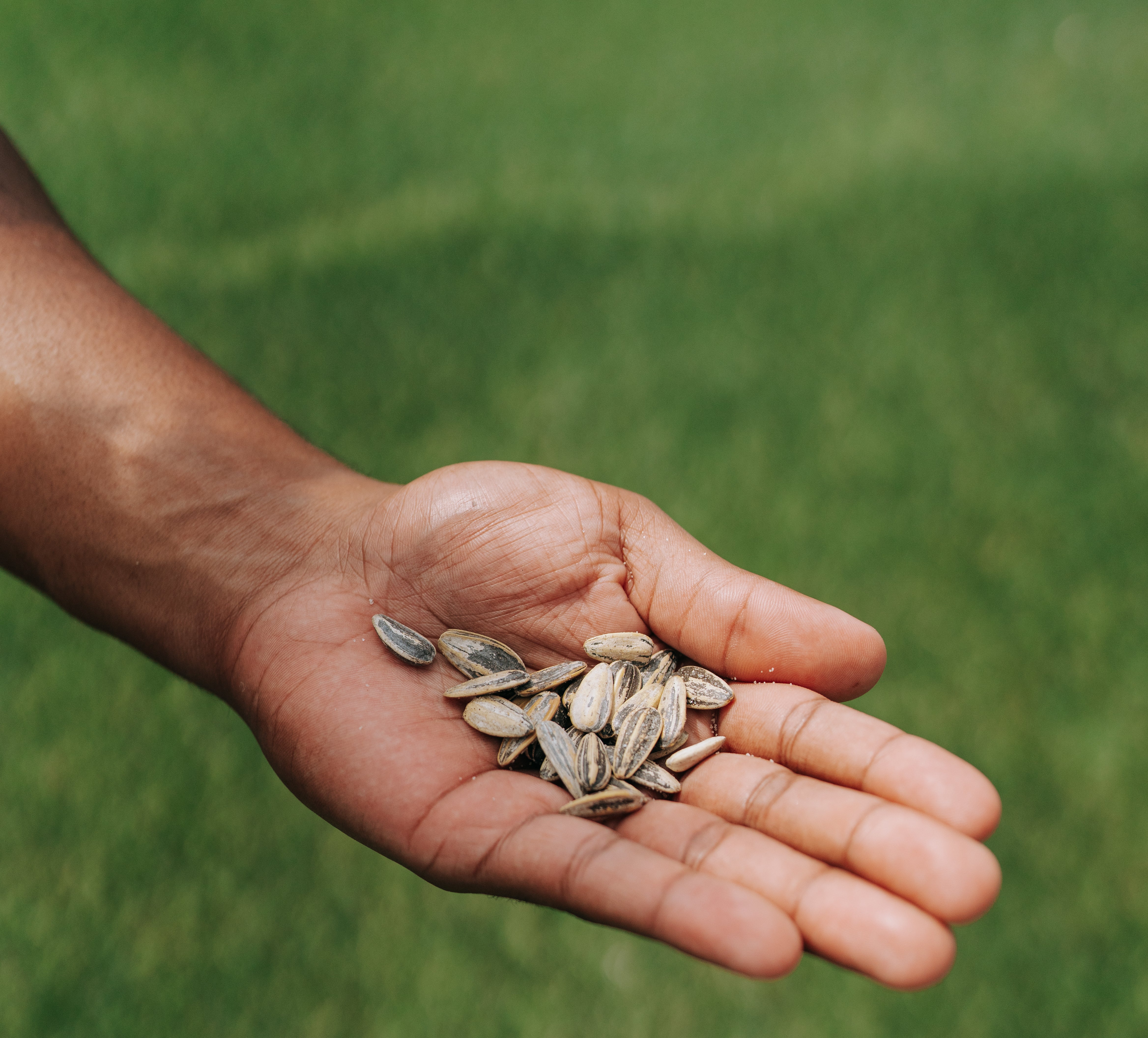Sunflowers are more than just beautiful blooms; they are a versatile crop with significant agricultural value. At SMACKIN’ Sunflower Seeds, we believe in educating our community about the seeds we love. Two primary types of sunflowers are grown for different purposes: confection sunflowers and oil sunflowers. Let's explore the differences between these two varieties and their unique uses.
1. Confection Sunflowers
Purpose and Use:
Confection sunflowers are primarily grown for their edible seeds, which are enjoyed as snacks and used in various culinary applications. These seeds are what you typically find in your favorite packs of sunflower seeds, including SMACKIN’ Sunflower Seeds.
Seed Characteristics:
- Size and Shape: Confection sunflower seeds are larger and plumper compared to oil sunflower seeds. They have a striped black and white shell, making them easily recognizable.
- Shell Thickness: The shells of confection seeds are thicker, which helps protect the edible kernel inside.
- Flavor: These seeds are bred for a pleasant taste and texture, making them perfect for roasting and flavoring.
Growing Conditions:
- Cultivation: Confection sunflowers require specific growing conditions to thrive. They need plenty of sunlight, well-drained soil, and regular watering.
- Harvesting: These sunflowers are typically harvested once the seeds have matured and the flower heads begin to droop. The seeds are then cleaned, roasted, and sometimes flavored before packaging.
2. Oil Sunflowers
Purpose and Use:
Oil sunflowers are cultivated primarily for their oil, which is extracted and used in cooking, cosmetics, and industrial applications. Sunflower oil is valued for its light flavor, high smoke point, and health benefits, including being rich in Vitamin E and low in saturated fats.
Seed Characteristics:
- Size and Shape: Oil sunflower seeds are smaller and have a solid black shell, differing significantly from the striped confection seeds.
- Shell Thickness: The shells are thinner, making it easier to extract the oil-rich kernel inside.
- Oil Content: These seeds have a higher oil content, which is ideal for efficient oil extraction processes.
Growing Conditions:
- Cultivation: Oil sunflowers are generally easier to grow and can thrive in a wider range of soil types and climates compared to confection sunflowers.
- Harvesting: The seeds are harvested when the moisture content is low, and the oil content is at its peak. The seeds are then processed to extract the oil, which is refined and bottled for various uses.
Key Differences
- Purpose: Confection sunflowers are grown for edible seeds, while oil sunflowers are cultivated for oil extraction.
- Seed Appearance: Confection seeds are larger with striped shells; oil seeds are smaller with black shells.
- Shell Thickness: Confection seeds have thicker shells; oil seeds have thinner shells.
- Oil Content: Oil sunflower seeds have a higher oil content, making them ideal for oil production.
Putting It All Together
Understanding the differences between confection and oil sunflowers helps appreciate the diverse applications of this incredible plant. Whether you’re enjoying a pack of SMACKIN’ Sunflower Seeds or using sunflower oil in your kitchen, you’re benefiting from the unique qualities of these two sunflower varieties. Each type plays a vital role in our agricultural and culinary landscapes, contributing to the richness of our diets and the variety of products we use daily.




Leave a comment
This site is protected by hCaptcha and the hCaptcha Privacy Policy and Terms of Service apply.